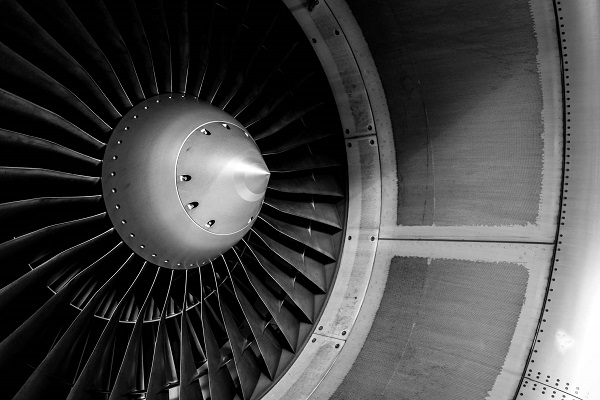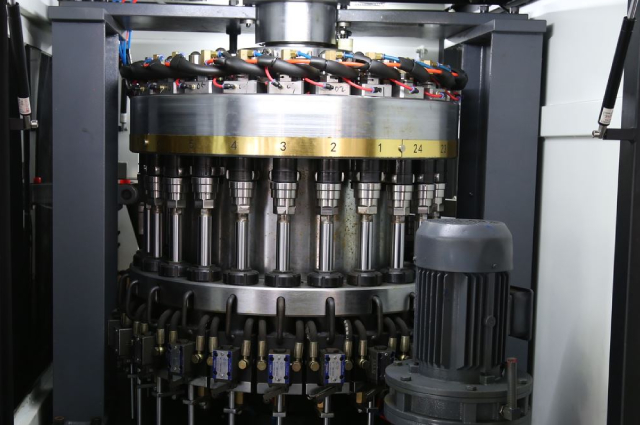What Is Compression Moulding?
Compression moulding was developed in 1850, and it was the original manufacturing method for moulding rubber. Compression moulding is still an ideal method in manufacturing medium volumes of rubber goods. This traditional technique involves making a rubber compound to a pre-form of the supposed finished product; however, it is usually larger than the end product. For getting the desired shape, mold manufacturers in India use a combination of pressure and heat to mold thermoset plastic or rubber. The injection molding company will shape the rubber with the help of a heated mold tool and apply pressure to force the material inside the tool. When this process happens, a permanent chemical change, commonly known as vulcanization, will fix the product’s shape. Many compression mold products have been used in different industries, and one such industry is aerospace.
How Can AeroSpace Industry Benefit From Compression Molding?
With compression molding, it is much easier to produce these parts. This process involves the continuous movement of composite materials through heated metal molds. Then pressure is applied to make the component to its finished shape. Compression molding has given many benefits to the aerospace industry, such as
- Lower Cost Tooling
Since the compression molding process does not include an injection mold or a transfer cycle, the infrastructure requires less tooling than the tools used for other moulding methods. Tools can be made of lower-cost grades of steel or aluminium, which can reuce costs; however, one must know that whatever tool is using, they should have the capability of withstanding the moulding pressure.
- Apt For Small Production Runs
Compression moulding is one of the cost-effective ways of creating smaller runs of parts. However, one should know that the higher capital cost of injection mulding tools can go up because of the lower cost of the products it makes. Therefore, while planning the best and good solution for a new product, it is important to assess the cost to benefit point.
- No Runners, Gates, Or Sprues
Compression moulding does not use sprues, runners, or gates, which are the tooling features that parts leave before entering the mold cavity.
- Good For Big Parts
Compression molding is suitable for the production of huge parts that need bulk materials to manufacture.

What Are The Right Applications For Compression Molding?
The aerospace applications have a higher strength to weight ratio, which makes the composite materials a natural fit. In addition, with compression molding, more structural components can be created for modern aircraft interiors. This replaces the usage of aluminium for weight and also results in cost savings. In the applications like LEAP engines- 737 MAX and A320neo, compression molding is used to make the composite fan blades. The high bypass ratios will have increased blade size as they are used to reduce fuel consumption. These blades will resist bird strikes with strength and flexibility and always keep the component weight to a minimum. To do that, tight process control as well as repeatability is required in the molding process.
Compression Molding On Metal Parts
The compression molding process can be used in the production of metallic parts. The process of applying heat and pressure can improve the production of a metallic part.
The compression molding process is quite good for making custom components that have certain strict dimensional specifications. In addition, the parts made with compression molding are effective and can retain their mechanical features even at high temperatures. Such properties make the compression-moulded parts the best choice for aerospace applications. Read More




